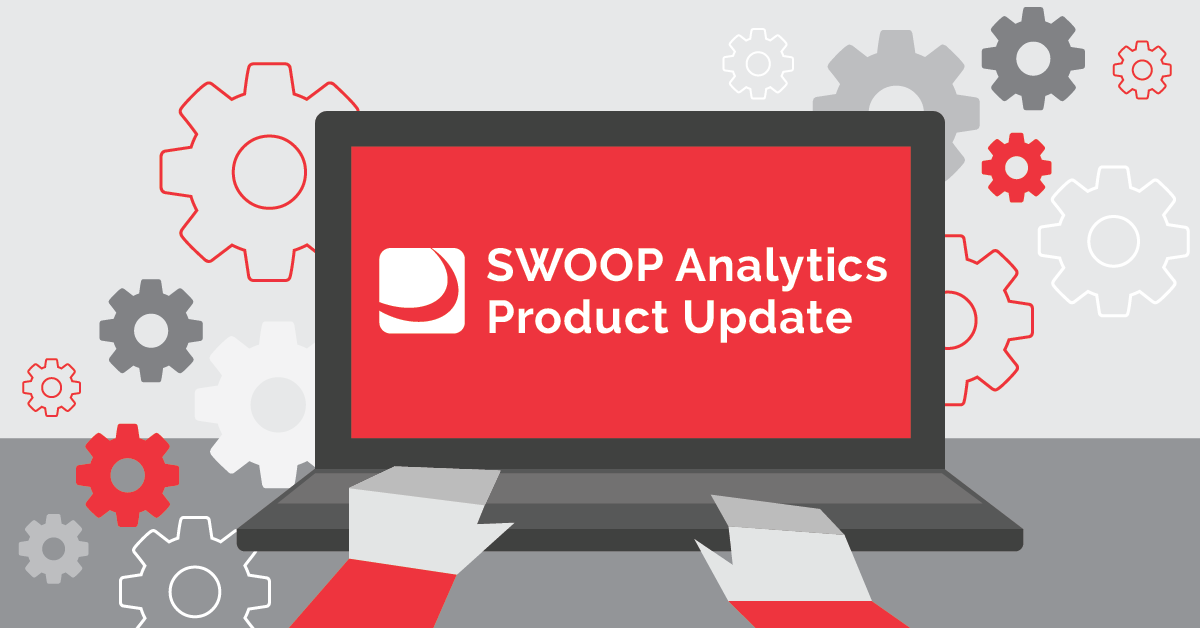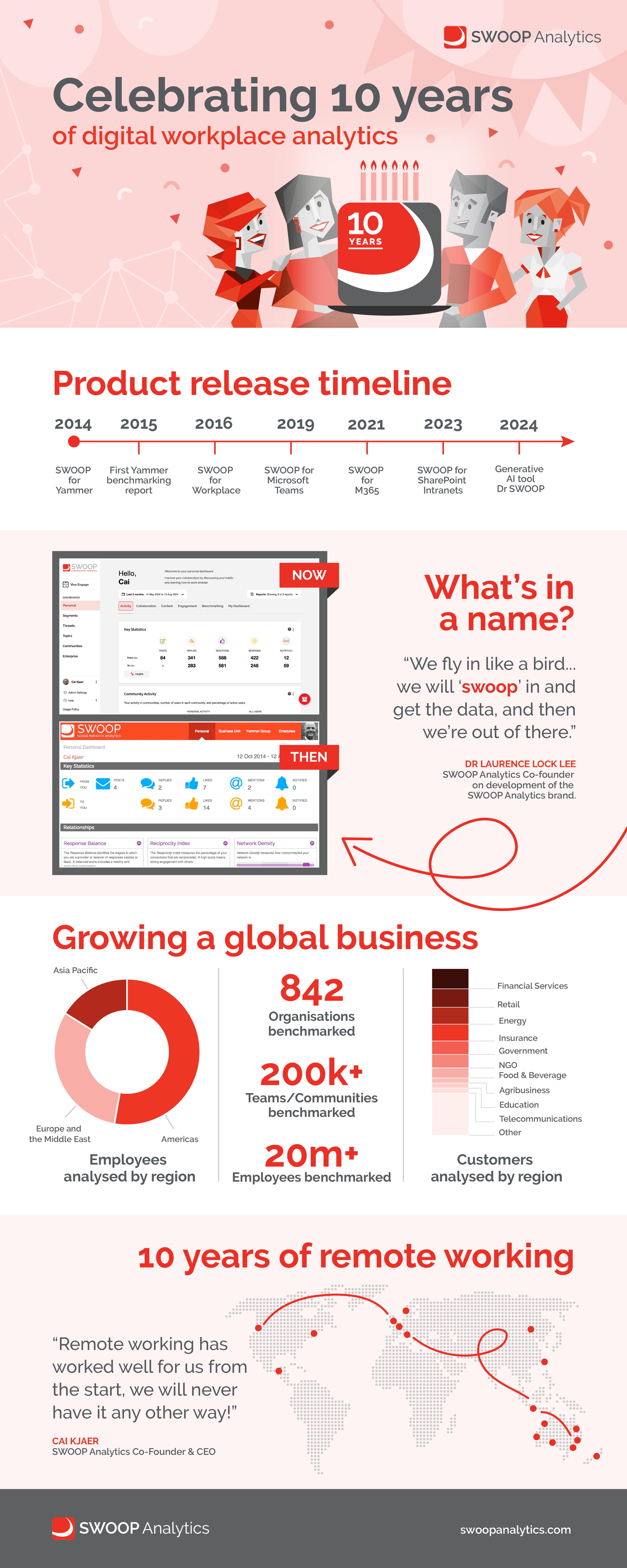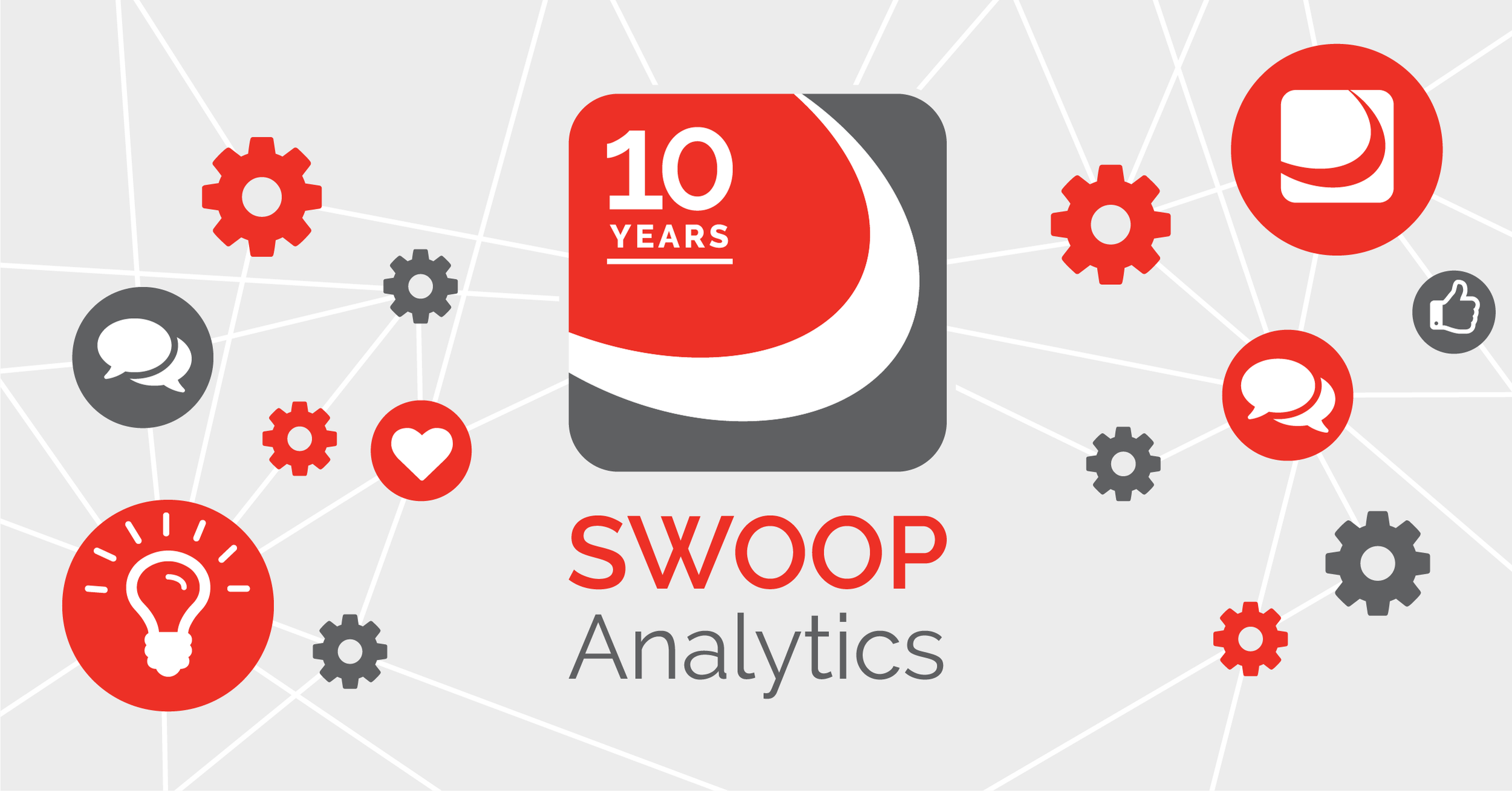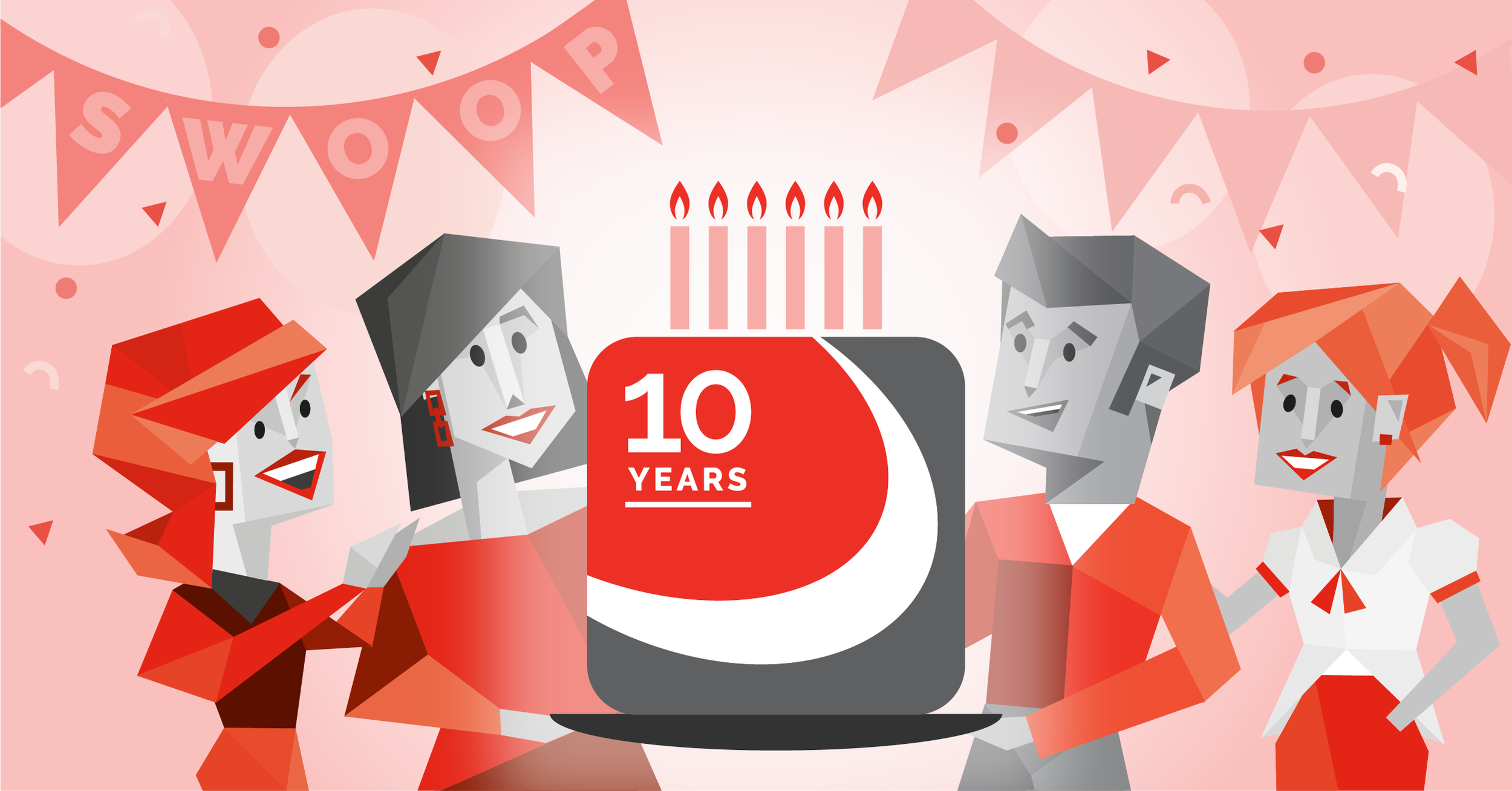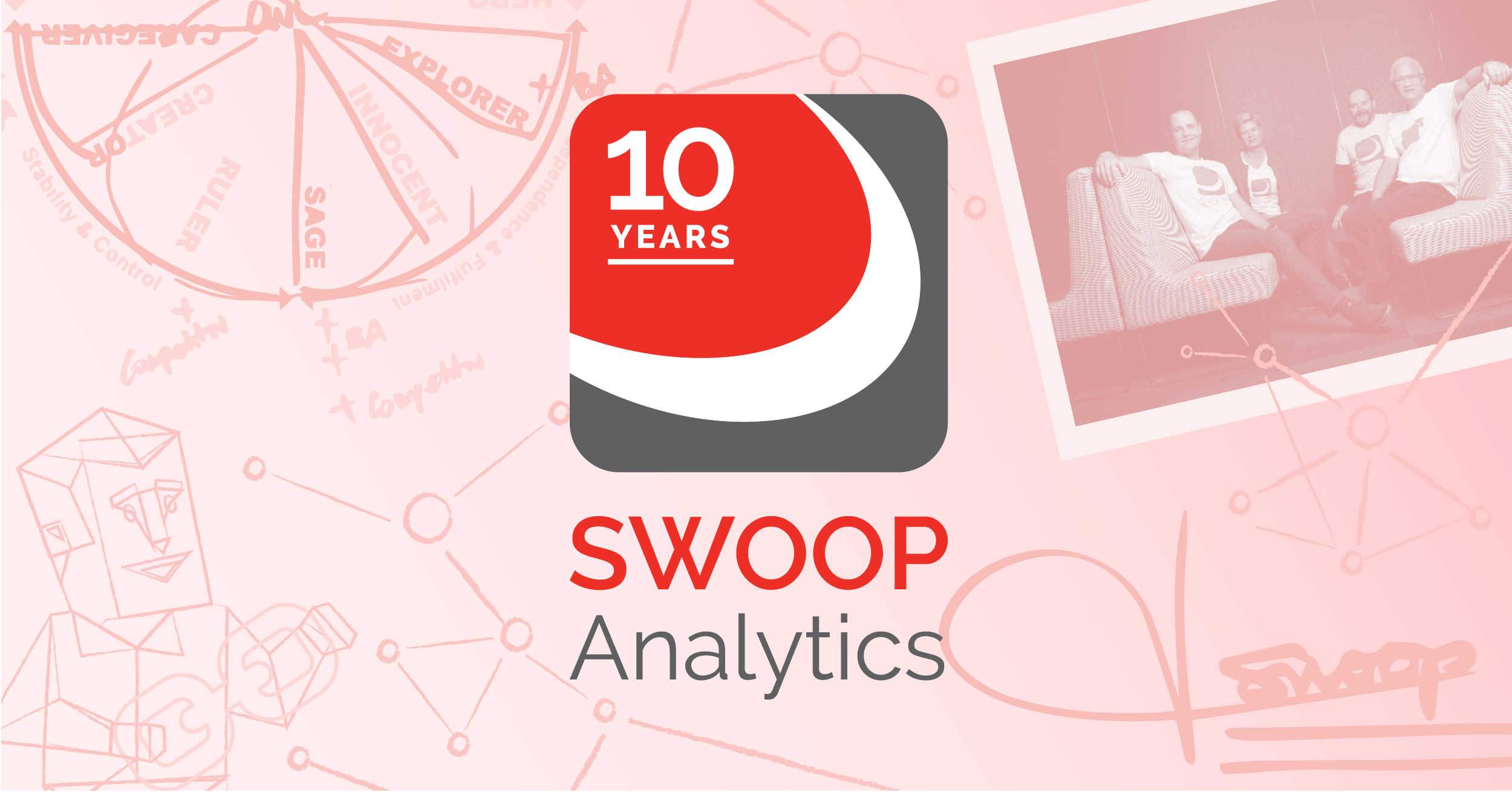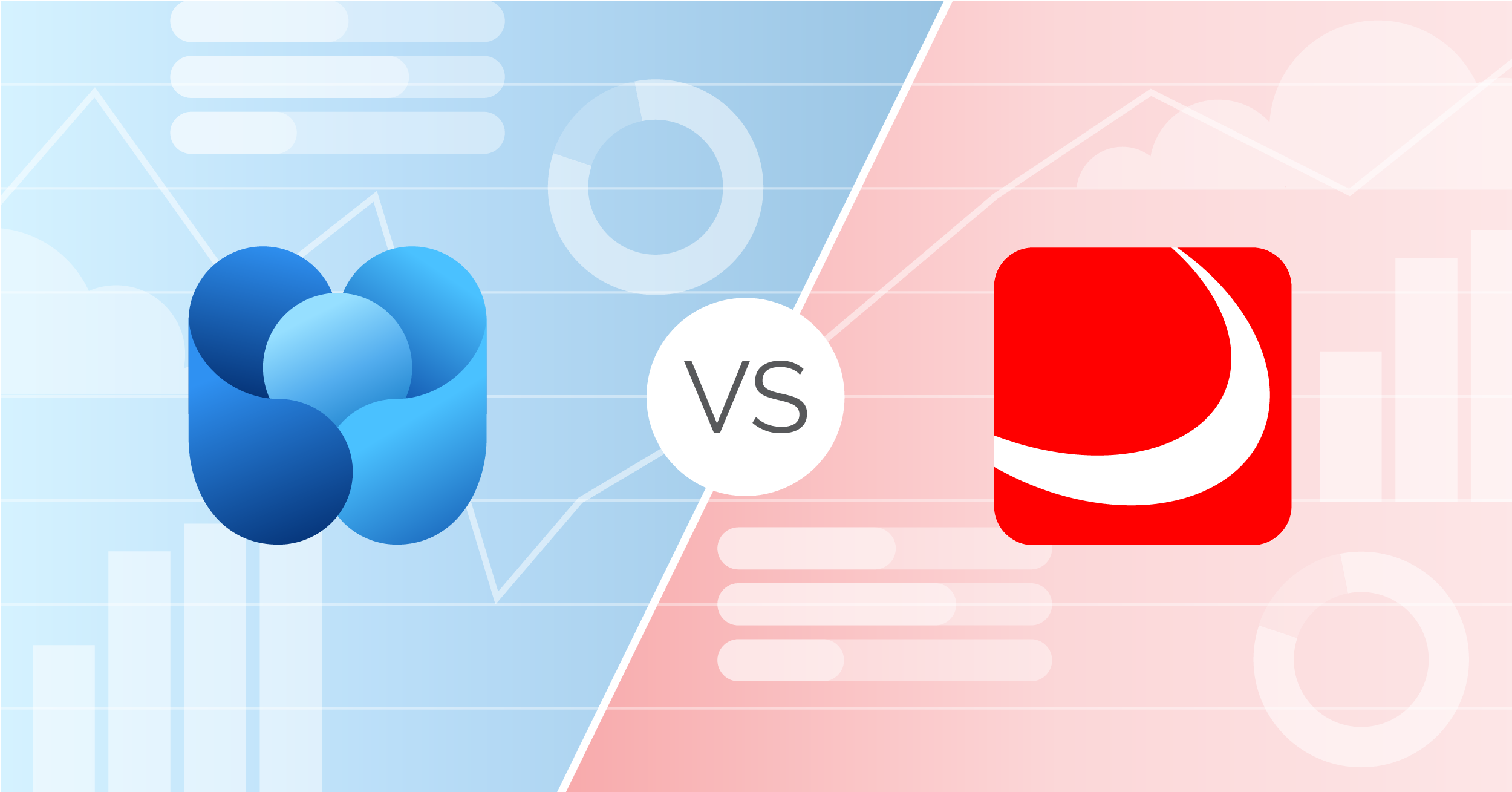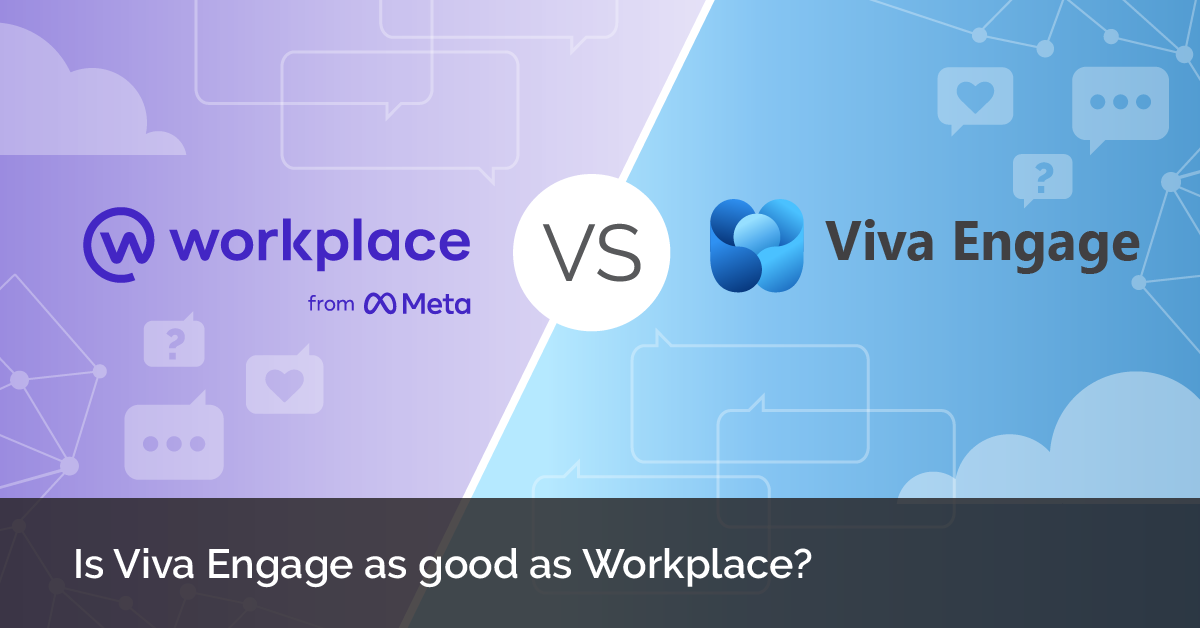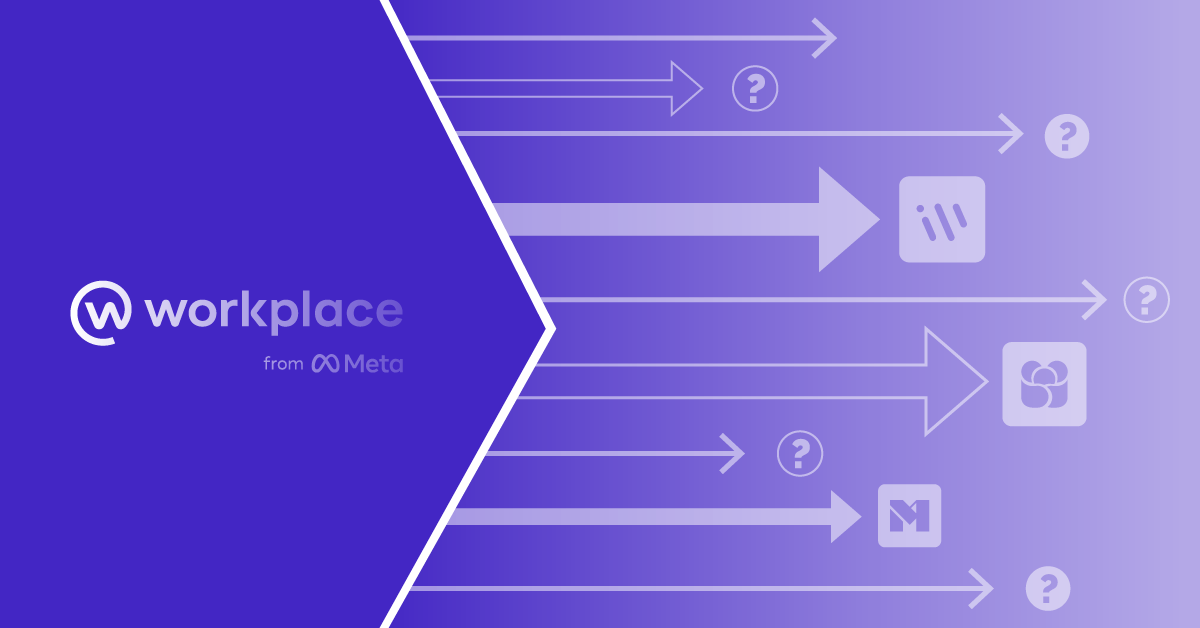
SWOOP Blog
Latest Articles
Blog Archive
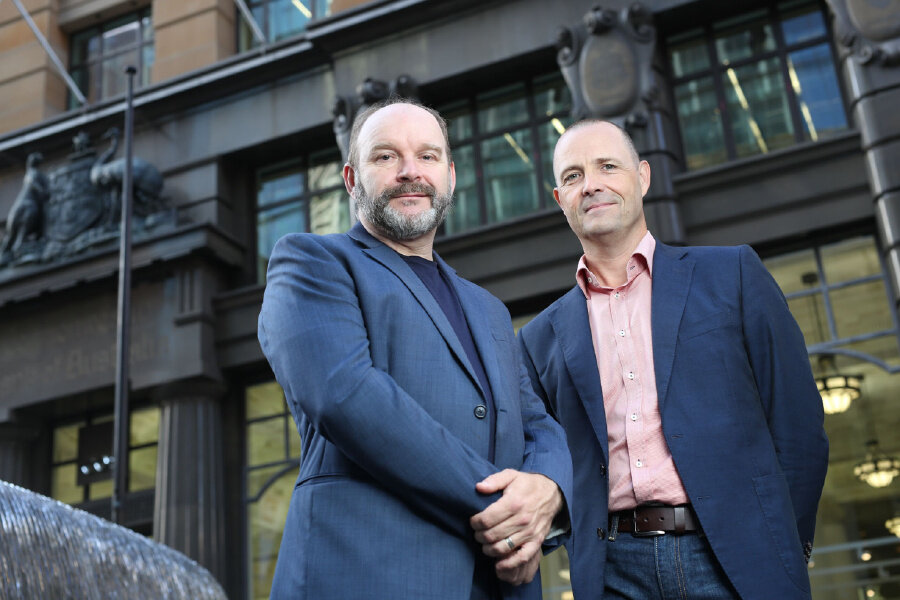
Marcus Dawe Joins SWOOP Board
We are thrilled to announce that Marcus Dawe has joined our SWOOP board. Here we have an exclusive interview with Marcus where he explains what attracted him to SWOOP and how he balances it all as a serial tech entrepreneur.
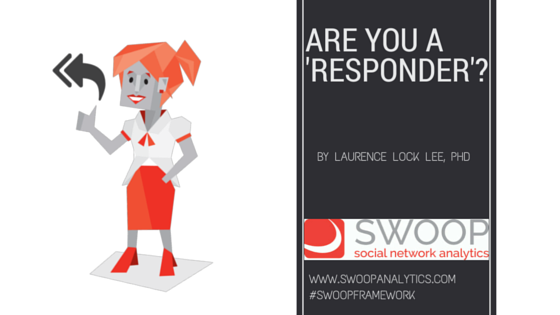
Are you a Responder?
This post continues the series the deeper dives into the specific measures included in the SWOOP Collaboration Framework #swoopframework. The ‘Responder’ Behavioural Persona is the third positive collaboration persona with the ‘Engager’ and ‘Catalyst’ personas.
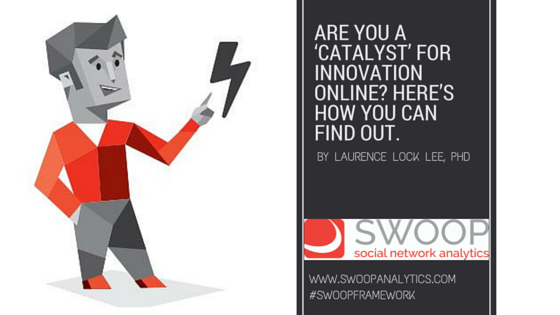
Swoop Persona: Are you a ‘Catalyst’ for Innovation Online? Here’s how you can find out.
This post continues the series of deeper dives into the specific measures included in the SWOOP Collaboration framework #swoopframework. The ‘Catalyst’ behavioural persona, in our view, is the next most desirable collaboration persona after the ‘Engager’. Catalysts are regularly seen as change agents and innovators.
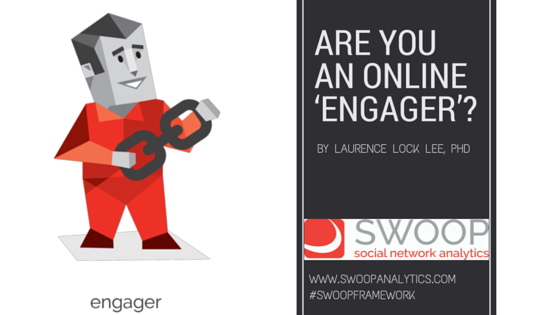
Swoop Persona: Are you an Online ‘Engager’?
This post is the first in a longer series of posts devoted to a deeper dive into the specific measures included in the SWOOP Collaboration Framework #swoopframework. We are starting with the ‘Engager’ Behavioural Persona; in our view the most desirable collaboration persona.

What Makes a Great Team On-line and Off?
We are witnessing a significant shrinkage in the digital divide between on-line and off-line work, as rapid digitization takes hold. The days when online work was led by the digital savvy are rapidly disappearing as even the baby boomer generation embraces social media. Our research has even identified that co-located teams use electronic means to record and share their work artifacts. So how can the movement to digital be used to assess team performance?
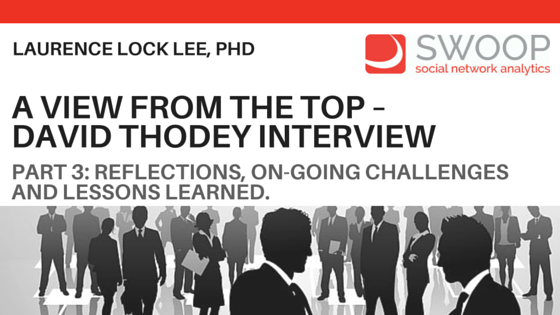
A View from the Top – David Thodey Interview Part 3 – Reflections, On-going Challenges and Lessons Learned.
We are sharing the experiences of David Thodey, the former CEO of Australia’s largest telecommunications company and strong Enterprise Social Networking advocate. In part 1 we looked at the key business issues Thodey faced in his six year tenure as CEO, and how he came to discover the ESN solution Yammer. In part 2 we traced his challenges, experiences and activities in formally adopting the platform as a key communication vehicle for the organisation. In this final part we bring it all together to provide reflections, challenges and lessons learned to those embarking on a similar path to Thodey’s.
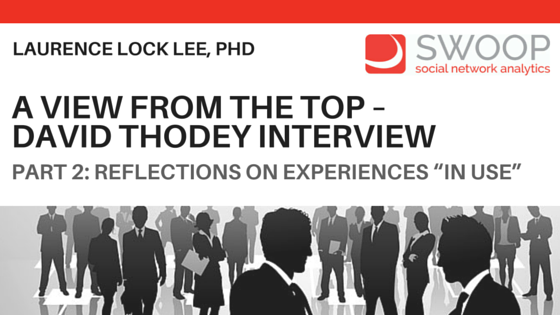
A View from the Top – David Thodey Interview Part 2 – Reflections on experiences “in use”
In Part 1 of this interview series with David Thodey, the former CEO of Telstra and strong Enterprise Social Networking advocate, we covered his reflections on current frustrations with communications experienced by CEOs and the discovery of Enterprise Social Networking (ESN) and Yammer. In this part we continue the journey of how he personally made use of the platform.
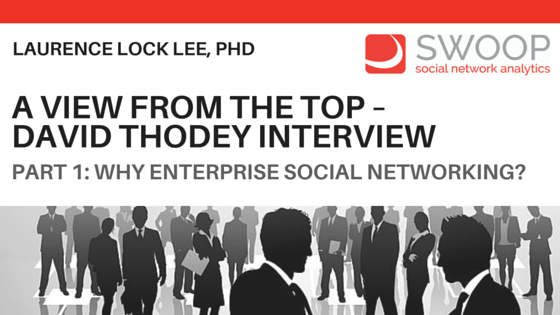
A View from the Top – David Thodey Interview – Part 1: Why Enterprise Social Networking?
In her article “Why No-one Uses the Corporate Social Network”, where Charlene Li bemoans the lack of leadership participation, David Thodey, the then CEO of Australia’s largest Telecommunications company, was highlighted as a rare exception. We were fortunate recently to be able to catch up with David to gain his reflections on Enterprise Social and the part it played in helping achieve Thodey’s vision for the company.

100% Engagement on your Yammer site: How is this possible?
In our last blog post we reported that the average engagement score on Yammer platforms was around the 20% mark. Given that many of the organisations in our sample are mature users, how could one possibly hope for 100% engagement? Well, we think the answer is simple. And that is to drive Yammer usage to the level that real work gets done; and that is to the Team Level.

80% of Enterprise Social Networking System Users are Mostly Just Looking…is this a problem?
We have been comparing organisations using Yammer over the past six months. Of the 15 organisations we have compared to date, on average 80% of actual users (not just lurkers) are active on the system less than once every 2 weeks.

User Engagement – What does this mean to you?
The term “User Engagement” has been bandied around the IT industry for decades now. To my knowledge the only other industry that refers to its customers as “Users” is the illegal drug industry. There are some similarities. The users are demanding, can’t get enough of what they want, pay too much and inevitably end up disappointed.
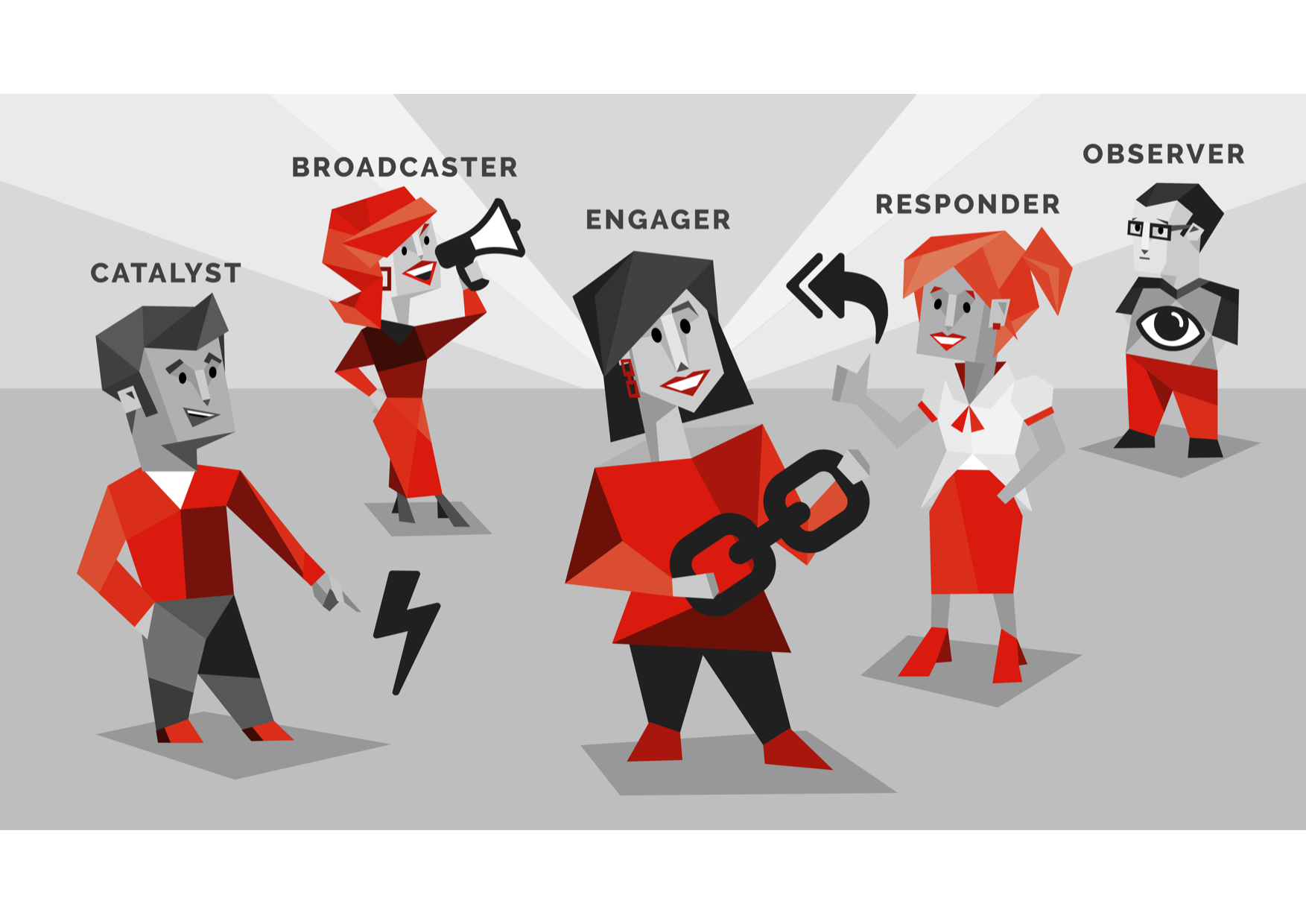
Can Online Personas Improve your Collaboration Behaviour?
Personas are therefore strongly linked to behaviours. In the world of Enterprise Social Networking (ESN) we are also very much interested in the collaboration behaviours that have been facilitated by the ESN.

Working Out Loud with ESN and Analytics : A Conversation Starter
This week is Working Out Loud week #Wolweek. In celebration of this important event, this article continues our theme on smashing the productivity sound barrier; in this instance by Working Out Loud (WOL).

5 Ways to Blast through the Productivity “Sound Barrier”: Trading Pipes for Platforms
The recent OECD report on the future of productivity identifies the growing gap between those super-productive organisations and the rest. They highlight ICT playing a key role in the future of productivity. The now ubiquitous “digital disruption” phrase, in the USA in particular, is providing real-life examples of the productivity boom enjoyed by successful digital platform businesses.

Why 90% of Organisations would NOT Survive a Digital Disruption
We provide some compelling ‘reality data mining’ analysis to support our case.
Surviving a Digital Disruption will require a major change in the way organisations currently work

Corporate Communications: Talk or Tell?
In the world of corporate communications, its all about crafting and sending the message. But if we look at some other definitions we see a concession that communication can also mean a two-way interaction “… the imparting or interchange of thoughts, opinions or information…”.

Communicating Diagonally: New Value Pathways via Enterprise Social Networking?
Traditional organisational hierarchies have proven to be poorly suited to sharing information and knowledge sideways, as designed communication pathways at the base of the hierarchy would have information move vertically upward before moving across and then downward to its waiting audience. But what about “Diagonal Communication”?

Book Review: “Networked: The New Social Operating System” – Lee Rainie and Barry Wellman
Having spent considerable time researching in field of Social Network Analysis (SNA), Barry Wellman was well known to me. We have never met face-to-face but I had met up with a number of his Netlab colleagues at a couple of INSA Sunbelt conferences. My first recollection of Wellman’s work goes back to some of his early pre-Internet research on electronically facilitated communications and the social network.

How Can Yammer Match Facebook Performance?
Ever since the Gen Ys started marching into the workplace with their mobile devices and Facebook accounts, “Enterprise” leaders became paranoid about time wasting on “non-work” activities, often instituting a plethora of policy attempts to ban the use of social networking applications in the workplace. In recent times however the attitude to social networking at work has softened somewhat.

Will Fitbit ever be able to get you Net-Fit?
Fitbits provide analytics about you and your personal physics. But the other side of you that also has a big effect on your overall health and well-being is your ‘social physics’ , being your social connections. So the question is… will devices like Fitbit ever evolve to help you enhance your social connections, be they work related, or purely personal? i.e. get you ‘Net-Fit’.


